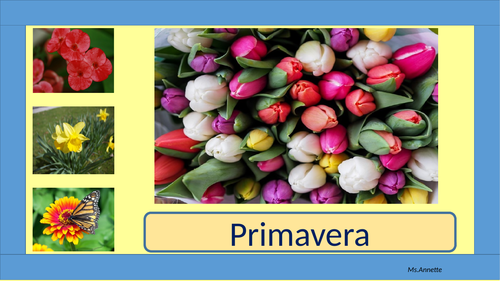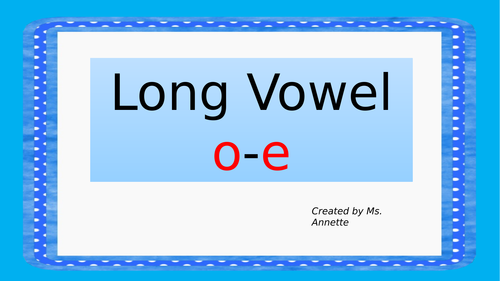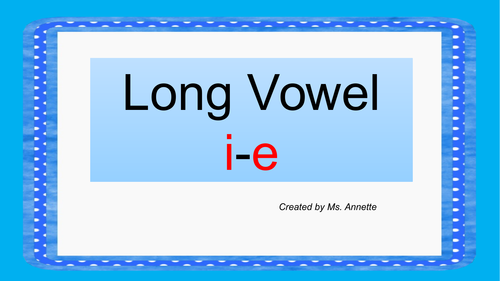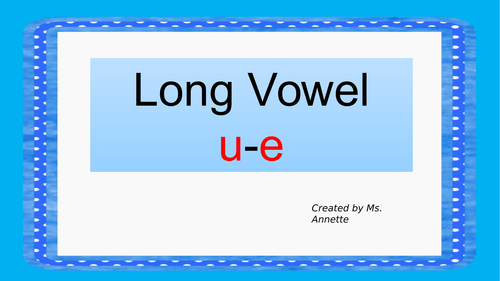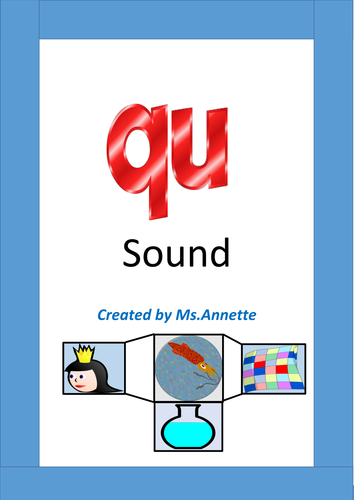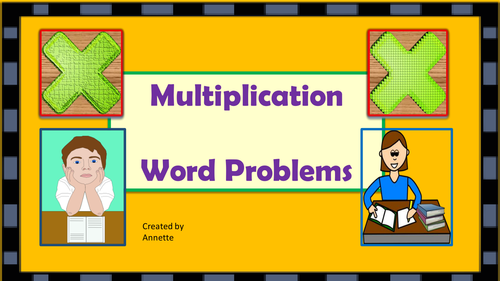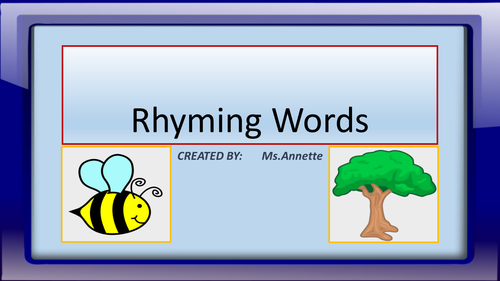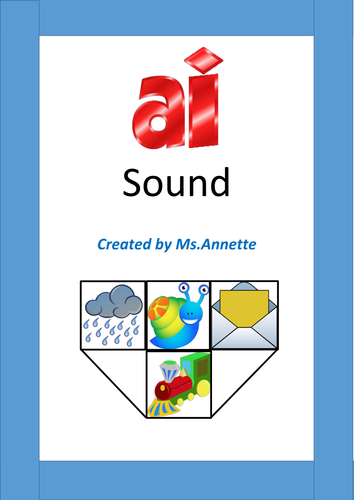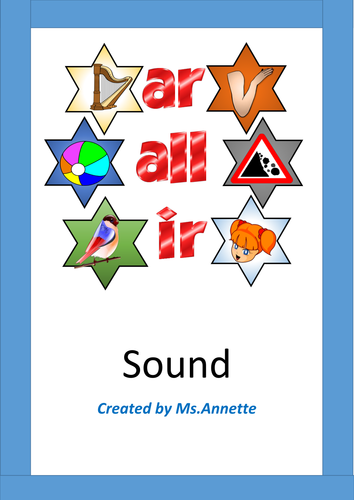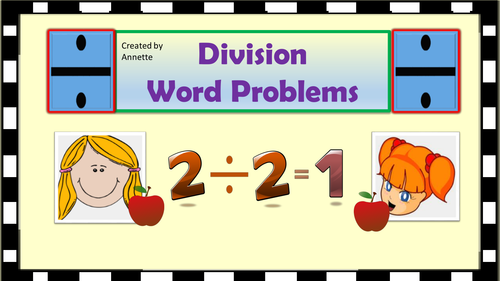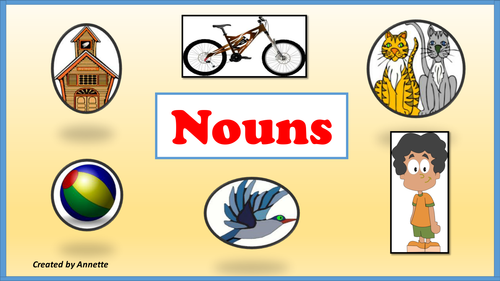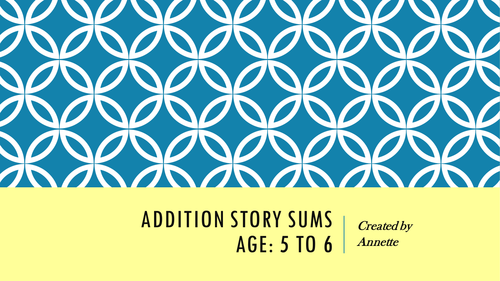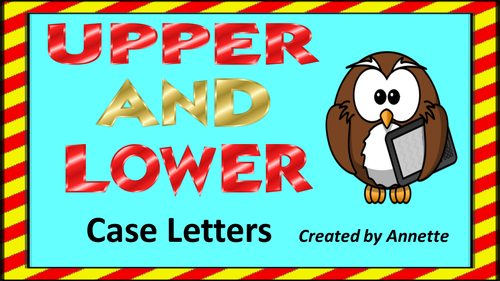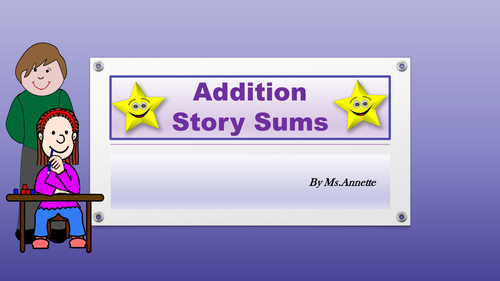
36Uploads
18k+Views
4k+Downloads
All resources

Primavera
This powerpoint is about spring. It has 22 slides. The objective is to help students learn new vocabulary in Italian about spring. First the picture is shown so that students can say the word if they know it. When the teacher clicks, the word appears.
In the pdf, there are various resources. The first resource consolidates what the students learned in the powerpoint. Use this resource as a handout or laminate the cards, cut them and the students have to match the pictures to the words. In the second resource, students have to write the word next to the picture shown. In the third resource, students have to write the singular or plural of the words given. The last resource is a composition about spring. Helping words are given to help students write their composition.

Choose the smallest and largest number.
The three Power Points presented help children to learn to identify between the smallest and largest numbers by means of pictorial images. The rest of the slides lead children to compare numbers without pictorial images and more abstract thinking is involved. A number line is presented in all slides. Three Handouts are also included so children can think and select the smallest and largest numbers.
Power Point – To help students identify the smallest number. In the first slides, there are only pictures to compare (Which picture is the smallest and which one is the largest). In the next slides, children are helped to compare numbers by visualizing the value of each number presented by means of pictures. There is also a number line to help children compare numbers. In the last slides there are only numbers and a number line and children have to select the smallest number. Numbers used from 1 to 10.
Power Point - To help students identify the largest number. In the first slides, there are only pictures to compare (Which picture is the smallest and which one is the largest). In the next slides, children are helped to compare numbers by visualizing the value of each number presented by means of pictures. There is also a number line to help children compare numbers. In the last slides there are only numbers and a number line and children have to select the largest number. Numbers used from 1 to 10.
Power Point – In this Power Point there are only numbers to compare and a number line to help students compare better. Children are sometimes asked to select the largest number and sometimes they are asked to choose the smallest number. Numbers used from 1 to 20.
Handout 1 - Colour the largest number (Numbers used from 1 to 10)
Handout 2 – Colour the smallest number (Numbers used from 1 to 12)
Handout 3 – Colour the smallest number green and the largest number yellow (Numbers used from 1 to 20)

Long vowel o-e
1. The Power Point exposes students to the long vowel sound o-e. First there is a presentation of 22 slides which show words with this vowel sound. The word is shown first so that students can say the word without the help of pictures. Then the picture appears. In the last two slides there is a short story to read.
2. This pdf includes various worksheets.
Read the words. Give this handout to your students to learn how to read the words with the long vowel sound o-e. You can also laminate this worksheet, cut the words and draw the words like in a bingo game. Read the word drawn and the students write it on their white boards. It is another way how you can do a spelling game in class.
Match the pictures to the words. Students can be given this worksheet to match the pictures to the words. The teacher can also laminate it, cut the pictures and the words and the students have to match the words to the pictures.
Write the word. Students have to read the sentence and then they have to write the word that matches to the picture shown.

Long Vowel i-e
1. The Power Point exposes students to the long vowel sound i-e. First there is a presentation of 24 slides which show words with this vowel sound. The word is shown first so that students can say the word without the help of pictures. Then the picture appears. In the last four slides there is a short story to read.
2. The pdf includes various worksheets.
Read the words. Give this handout to your students to learn how to read the words with the long vowel sound i-e. You can also laminate this worksheet, cut the words and draw the words like in a bingo game. Read the word drawn and the students write it on their white boards. It is another way how you can do a spelling game in class.
Match the pictures to the words. Students can be given this worksheet to match the pictures to the words. The teacher can also laminate it, cut the pictures and the words and the students have to match the words to the pictures.
Write the word. Students have to read the sentence and then they have to write the word that matches to the picture shown.

Long Vowel u-e
1. This Power Point is about the long vowel sound u-e. There is a presentation of 12 slides. The word is shown first so that students can read the word without the help of pictures. When the students read the word, the teacher can click so that the picture appears next to the word.
2. In this pdf you can find various worksheets.
Read the words. Give this handout to your students to learn how to read words with the long vowel sound u-e. You can also laminate this worksheet, cut the words and draw the words like in a bingo game. Read the word drawn and students will write the word on their white boards. It is another way how you can do a spelling game in class.
Match the pictures to the words. Students can be given this worksheet to match the pictures to the words. The teacher can also laminate it, cut the pictures and the words and the students have to match the words to the pictures.
Write the word. Students have to read the sentence and then they have to write the word that matches to the picture shown.

qu sound
In this resource pack you will find an activity for every student. The activities are graded. There are easy ones and more challenging activities to do.
Tasks in this resource pack.
1. Flash Cards. Students can match the words to the pictures.
2. A handout having /qu/ words, sentences to read and a fill in exercise.
3. A comprehension. Its text focuses on the use of the /qu/ sound.
4. A Crossword puzzle.

Multiplication Word Problems
This multiplication power point helps students to visualize the word problems presented by means of pictures. Each word problem includes 3 slides. On the first slide there is the word problem. On the second slide there is the picture and on the third slide there is the multiplication sum worked out. Each time the teacher clicks a number appears. This allows the teacher to ask students what number is going to come up next. In this power point there are 8 word problems.

Rhyming Words
This power point is useful if the teacher is working on developing phonological awareness. It includes a set of 10 slides. In each slide there are 3 pictures. There are no words shown. The teacher says the three words and the students have to find the two rhyming pictures. The one which does not rhyme will fade away.

ai sound
In this resource pack you will find an activity for every student. The activities are graded. There are easy ones and more challenging activities to do.
Tasks in this resource pack.
1. Flash Cards. Students match the words to the pictures.
2. Bingo Game.
3. Flash Cards. Students match the sentences to the pictures.
4. A handout. Students have words to read and a fill in exercise. They have to write the words to match the pictures.
5. Two Comprehensions. Both comprehensions have the same text. The first comprehension is easier as students have to choose the correct answer. The second comprehension is more challenging as students have to answer the questions asked.

/ar/ /all/ /ir/ sound
In this resource pack you will find an activity for every student. The activities are graded. There are easy ones and more challenging activities to do.
Tasks in this resource pack.
1. Flash Cards. Students match the words to the pictures.
2. Flash Cards. Students match the sentences to the pictures.
3. A handout. Students have words to read and a fill in exercise. They have to write the words to match the pictures.
4. Two Comprehensions. Both comprehensions have the same text. The first comprehension is easier as students have to choose the correct answer. The second comprehension is more challenging as students have to answer the questions asked.

Division Word Problems
This powerpoint helps students to understand this mathematical concept by means of pictures. Each word problem is accompanied by a picture. When you click, the objects mentioned in the word problem move so that students can see how many objects will each person get. There are 16 slides to describe 5 word problems. In the first slide there is the word problem, in the second there is the picture and in the third slide there is the division sum worked out.

Nouns. Common and Proper Nouns.
This power point is about Nouns. It also refers to Common and Proper Nouns.
In the second slide there is the explanation of what nouns are. In the next two slides, the teacher can ask the students to choose the nouns. When the teacher clicks the nouns go into the bucket. In the fifth and the sixth slide there is the explanation of what common and proper nouns are. In the next two slides students have to choose the Common nouns. Every time the teacher clicks the Common nouns go into the sack and then in the bag. In the ninth and tenth slide the students have to choose the Proper nouns. Again when the teacher clicks the nouns go into the sack first and then into the bag. In the last four slides students have to choose the nouns in sentences. When the teacher clicks the sentence appears. The students will then identify where the nouns are. Then when the teacher clicks again, the same sentence appears but this time the nouns are coloured. There are eight sentences in all.

Addition , Story Sums, Age 5 to 6.
Sometimes children find it difficult to understand story sums. I have created this PowerPoint to help them understand story sums better.
Each story sum is presented in three slides. In the first slide there is the story sum. In the second slide, students are helped to visualize the concepts by pictures. In the third slide there is the presentation of the sum. Each time the teacher clicks, a number appears on the slide. In this way students can participate by saying the numbers they are going to use.
There are 6 story sums in all with a total of 18 slides.

Upper and Lower case letters.
Upper and Lower case letters.
By making use of this resource, the teacher can instruct students the upper and lower case letters. The power point includes 53 slides.
The slides include an upper case letter and when the teacher clicks the lower case letter appears. This resource can also be used for consolidation. Students can write the lower case letter on their whiteboard or copybook and when the letter appears, they can check if they got it right.
The next slide includes two pictures with the beginning letter sound. When the teacher clicks the first picture appears. When the teacher clicks again the word appears. This procedure is repeated for the second word.
The teacher can also use this slide to ask the students the beginning and ending sound of each picture. When the students learn how to write, the teacher can also ask the students to write the words on their own.

Addition Story Sums
This PowerPoint Presentation is ideal for students who are starting learning addition story sums for the first time. In this resource, unit numbers are used. There is a total of 15 slides. Each story sum is described in three slides. In the first slide there is the story sum to read. In the second slide there is the picture describing the story sum read. Students can see things being added in the picture every time the teacher clicks. This helps students to understand addition. In the third slide the sum is shown.

